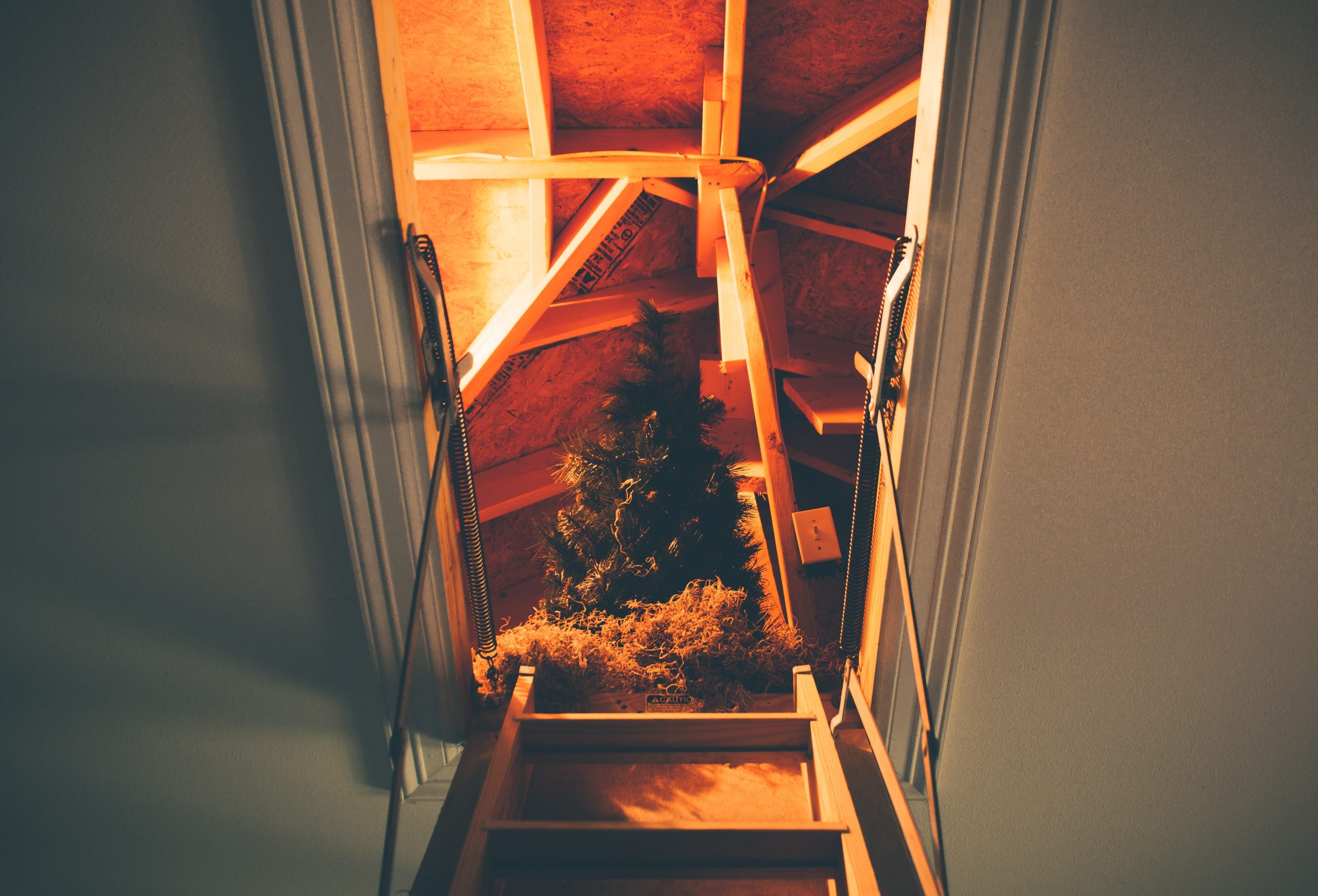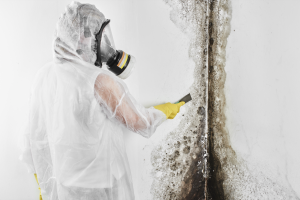Crawl space is often overlooked in a home. It is the foundation of your house. A water leakage or flood can cause damage to your home and wood beams can rot. It’s one of your most difficult places to clean because it’s so small and cramped. This article will show you how to dry out your crawl space after a flood or leak. The guide will also discuss how to prevent water damage and who you can call for help if there is any in your crawl space.
How to get water out of crawl space
It takes a lot of knowledge and the right equipment to get rid of water from your crawl space. These steps will assist you in cleaning up your crawl space following a flood or water leak, as well as a sewage backup.
You can do it yourself if there is less than an inch of water. If there is more water, or if the item has been sitting for several days or weeks, it is safer to call a restoration company.
You should have the proper safety gear if you intend to clean up your mess. Boots, long sleeves, rubber gloves, and pants are all essential. You should also wear goggles and a ventilator if there is any sewage or mold.
It takes approximately 4 days
Estimated cost: $ 600
Supplies Required
Bleach Bottle of supply Baking soda
You will need tools
Pump Optional: Wet-dry vacuum Fans with high volumes Structural drying dehumidifier
How to Dry Out A Crawl Space
1. If you can’t stop the water,
You should stop water flow as quickly as you can. You can turn off the main water supply valve in case of a burst pipe, leak, or other emergency. You can find it in your utility closet, or in your crawl space near the water pipes.
If the water is coming from outside, however, you have no options. This applies to floods and sewage backups. You can’t stop water from flowing, so you need to get rid of it as soon as possible.
2. Get Rid of the Water
To get rid of water, you will need a pump. You can rent a pump at most rental companies, or you can buy one at some hardware stores.
A wet-dry vacuum can also be used to collect the water. Although it will take longer than a pump to remove the water, it is still quicker than using a bucket. You can also soak up the water using towels as a last resort.
To prevent damage, it is important to get rid of the water as soon as possible. The more water builds up, the more likely it is that your foundation will be compromised.
Modern crawl spaces are made with concrete floors, but older homes may have dirt floors. It is more difficult to remove water from crawl spaces because dirt can block pumps and wet-dry vacuums. It can also absorb and hold on to water.
Hold the vacuum hose or pump high above the dirt floor in your crawl space. This will allow water to drain away without removing too much dirt.
3. Dry Out Your Crawl Space
Next, dry your crawl space. The water may have evaporated, but foundation walls, studs and joists will still be soaked. This can cause them to weaken over time, and lead to mold.
High-volume fans or structural drying dehumidifiers will speed up drying times. These devices are used to dry your crawl space following a flood or leak. While house fans can work, they may take longer to dry your crawl space and cause more damage.
If crawl spaces have dirt floors, the fans can be left on for several days more to dry the dirt. This may seem redundant, but wet dirt can cause more problems.
Water expands when it freezes and can crack your foundation in winter. Your crawl space can get very humid in the summer. This can lead to mold and unpleasant odors.
4. Disinfect and Deodorize
Once your crawl space has dried, disinfect it and deodorize. This step should not be skipped, but it is particularly important after a sewage backup.
But even water can eventually cause mold and musty odors. They can eventually get under your floor and enter your home. You can prevent this by spraying bleach on your crawl space.
Combine one cup of household bleach and one gallon of water in a small bowl. Pour it into a spray can. Spray your crawl space, and allow it to dry. Spray your crawl space again if there is a sewage backup.
Fresh air is the best way to remove odors from crawl spaces after flooding or a leak. Baking soda can be used to eliminate odors. Sprinkle it on and vacuum it up after a few hours.
5. Make Repairs if Needed
Water can cause structural damage to your home. The crawl space is the foundation for your home and could become unstable if it is damaged.
You should inspect for any rotting wood or brick damage. You should immediately make repairs if you find any problems.
How to Prevent Crawl-Space Water Damage
It is best to avoid water from entering your crawl space. These are some ways to keep your crawl space dry.
- To keep water from reaching your crawl space and foundation, clean your gutters.
- Insulate water pipes to prevent them from bursting or sweating.
- Install a moisture barrier to stop water from leaking through the ground
- To reduce humidity, use a dehumidifier
- To prevent water damage from flooding and water leakage, install a sump pump
- Foundation cracks should be fixed immediately
- Your crawl space should be waterproofed
- Repair or replace your drain tile

